Description
Amalia de Llano, a Spanish countess and author by Federico de Madrazo y Kuntz printed on a T-Shirt
About the T-Shirt
Regular fit
Standard length, the fabric easily gives into movement
Casual wear
A classic, everyday option loved by our customers
Side-seamed
Constructed by sewing two parts together, creating a fitted look
The Unisex Staple T-Shirt feels soft and light with just the right amount of stretch. It’s comfortable and flattering for all. We can’t compliment this shirt enough–it’s one of our crowd favorites, and it’s sure to be your next favorite too!
- Solid colors are 100% Airlume combed and ring-spun cotton
- Ash color is 99% combed and ring-spun cotton, 1% polyester
- Heather colors are 52% combed and ring-spun cotton, 48% polyester
- Athletic and Black Heather are 90% combed and ring-spun cotton, 10% polyester
- Heather Prism colors are 99% combed and ring-spun cotton, 1% polyester
- Fabric weight: 4.2 oz./yd.² (142 g/m²)
- Pre-shrunk fabric
- 30 singles
- Side-seamed construction
- Tear-away label
- Shoulder-to-shoulder taping
- Blank product sourced from Nicaragua, Mexico, Honduras, or the US
Federico de Madrazo y Kuntz (1815-1894)
Federico de Madrazo y Kuntz was a Spanish painter.
Born in Rome, he was the son of José de Madrazo y Agudo, the painter and former Director of the Prado Museum. Federico’s grandfather on his mother side was Tadeusz Kuntze, a Polish painter. His brothers were Luis de Madrazo, a painter, Pedro de Madrazo, an art critic and Juan de Madrazo, an architect. Among his children were Ricardo de Madrazo, also a painter, Raimundo de Madrazo y Garreta and Cecilia de Madrazo who married the great Orientalist artist, Marià Fortuny. The Madrazo family have been described as one of the most important painting dynasties, who literally dominated 19th-century painting in Spain.
He received his first instruction from his father. While still attending the classes at the Royal Academy of San Fernando, he painted his first picture, The Resurrection of Christ (1829), which was purchased by Queen Christina. Not long afterwards he painted Achilles in his Tent, and subsequently presented to the Academy The Continence of Scipio, which secured him admission as a member “for merit”.
While decorating the palace of Vista Alegre he took up portraiture. In 1832 he went to Paris, where he studied under Franz Winterhalter, and painted portraits of Baron Taylor and Ingres. In 1837 he was commissioned to produce a picture for the gallery at Versailles, and painted “Godfrey de Bouillon proclaimed King of Jerusalem”. The artist then returned to Rome, where he worked at various subjects, sacred and profane. Then he painted Maria Christina in the Dress of a Nun by the Bedside of Ferdinand III (1843), Queen Isabella, The Duchess of Medinaceli, and The Countess de Vilches (1845–47), besides a number of portraits of the Spanish aristocracy, some of which were sent to the exhibition of 1855.
He received the Legion of Honour in 1846. He was made a corresponding member of the Académie des Beaux-Arts on 10 December 1853, and in 1873, on the death of Schnorr, the painter, he was chosen foreign member. Three years after his father left office, he also became Director of the Museo del Prado and president of the Academy of San Fernando. He originated in Spain the production of art reviews and journals, such as El Artista, El Renacimiento, and El Semanario pintoresco. He died in Madrid.
His brother, Luis de Madrazo, was also known as a painter, chiefly by his Burial of Saint Cecilia (1855). Federico’s best-known pupils were his sons, Raimundo and Ricardo.

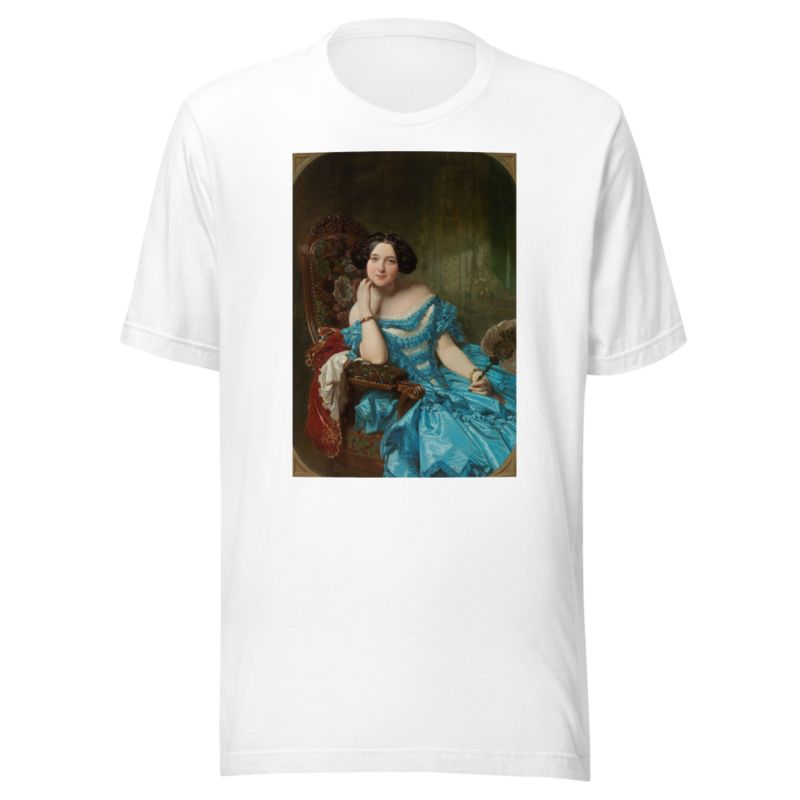
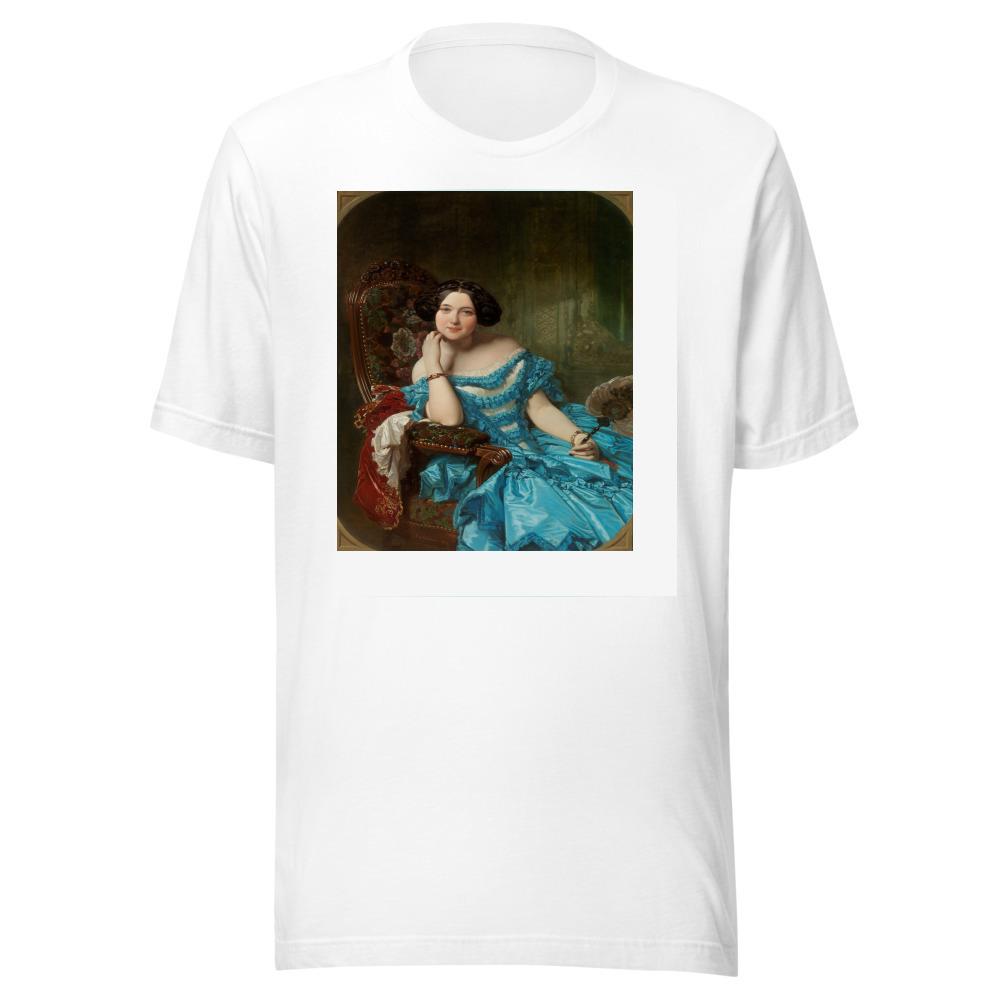
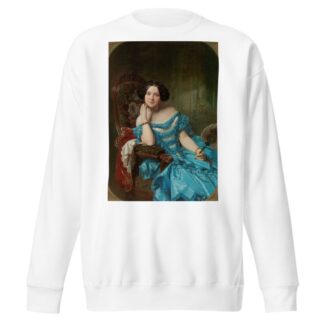
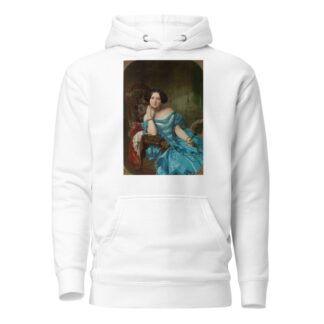
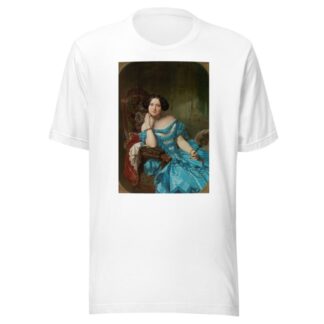
Reviews
There are no reviews yet.